The body as teacher (p. I)
Chapter 1: Learning with sounds, silence and the intuitive body (sept. 2022)
The body as teacher is a series of art- and education programmes that focusses on the body and what we can learn, about ourselves and the surroundings, by listening, feeling and moving. In this first chapter of The body as teacher the focus will be on the intuitive body, on sounds and silence. This chapter is developed together with Kentalis Signis, a school for students with a communicative multiple disability, Kleintje Kunst and the artists Cathalijne Smulders, Alexandra Loembé, Raoni Saleh and Teresa Costa.
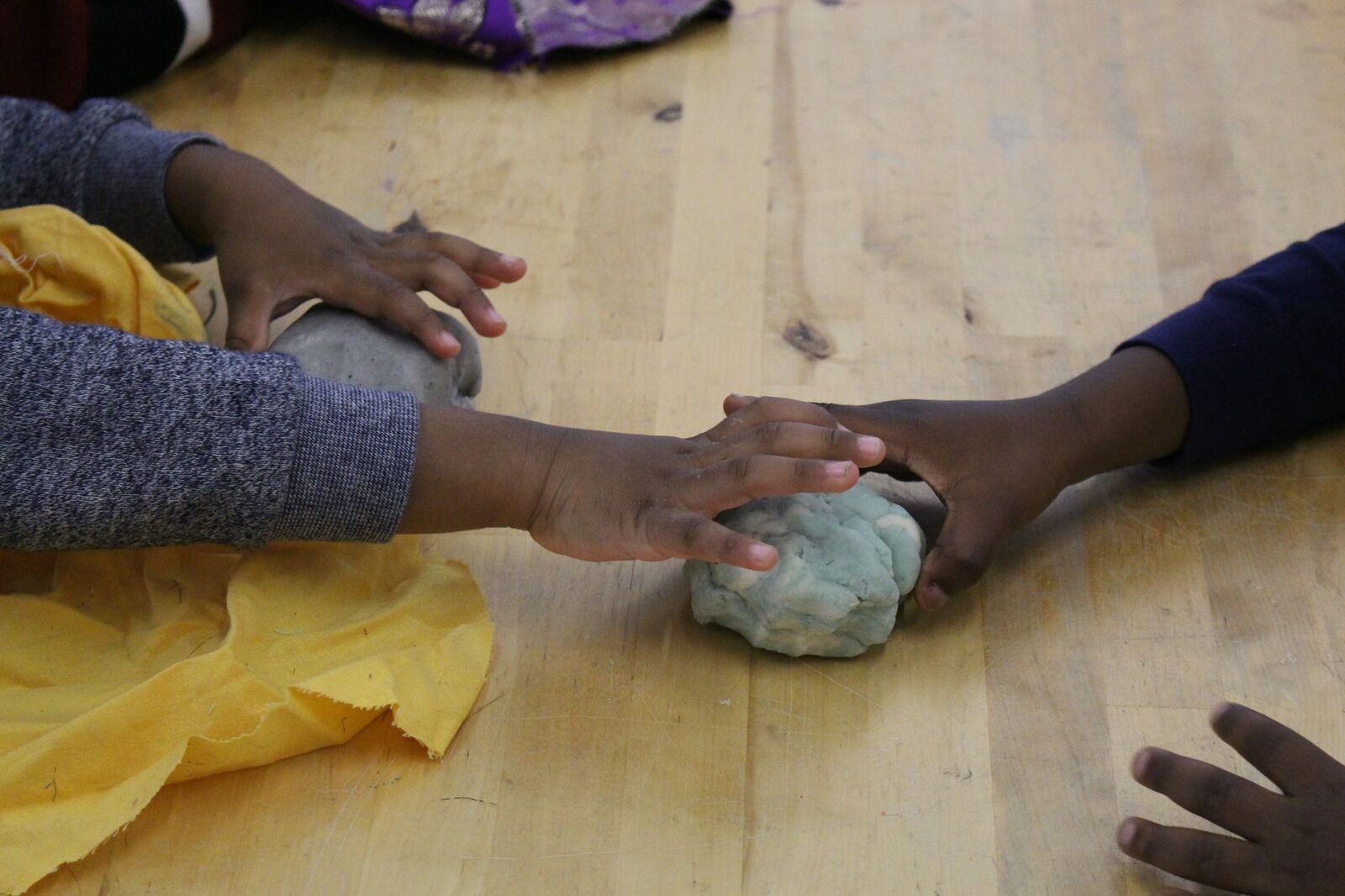
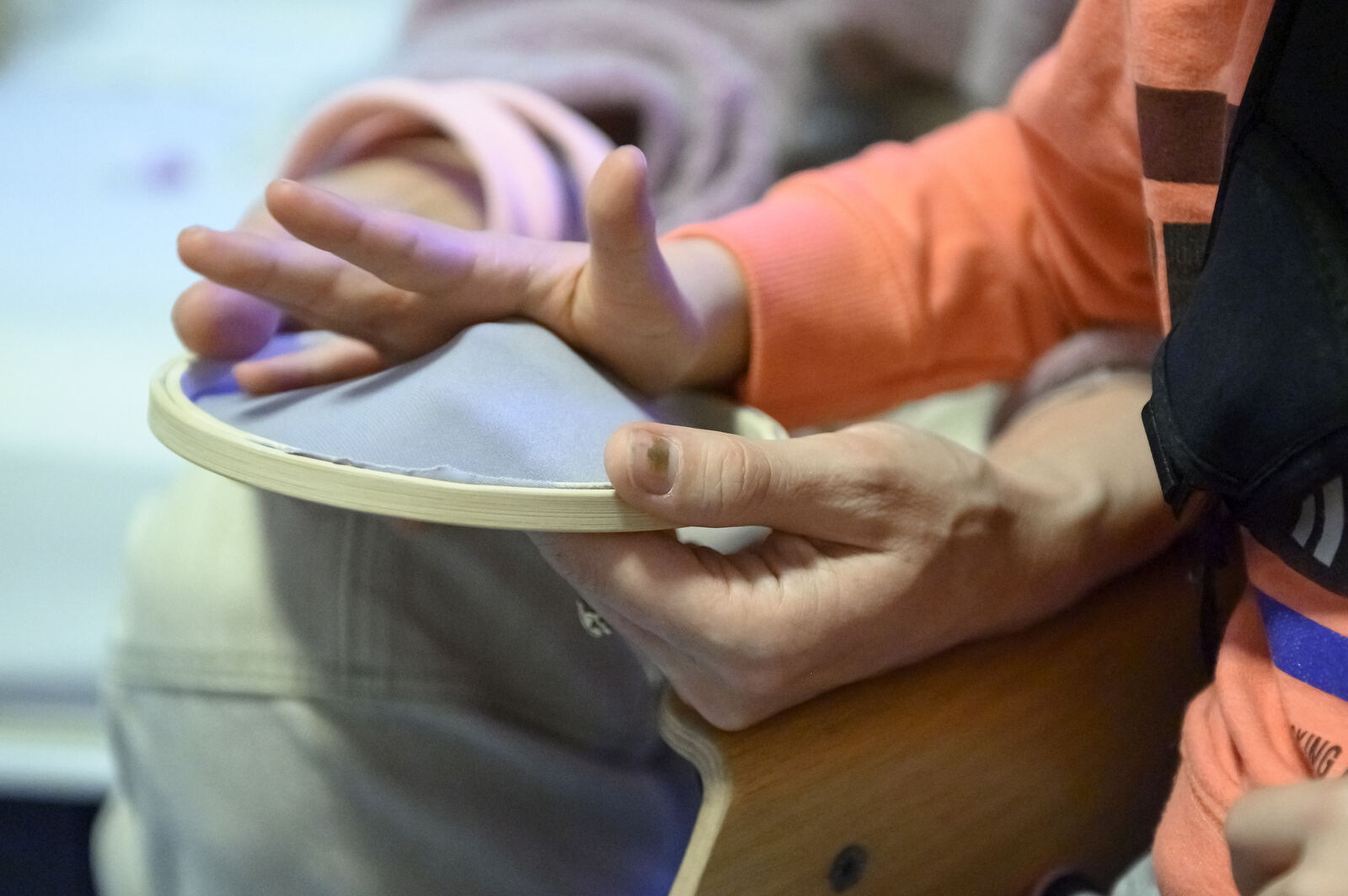
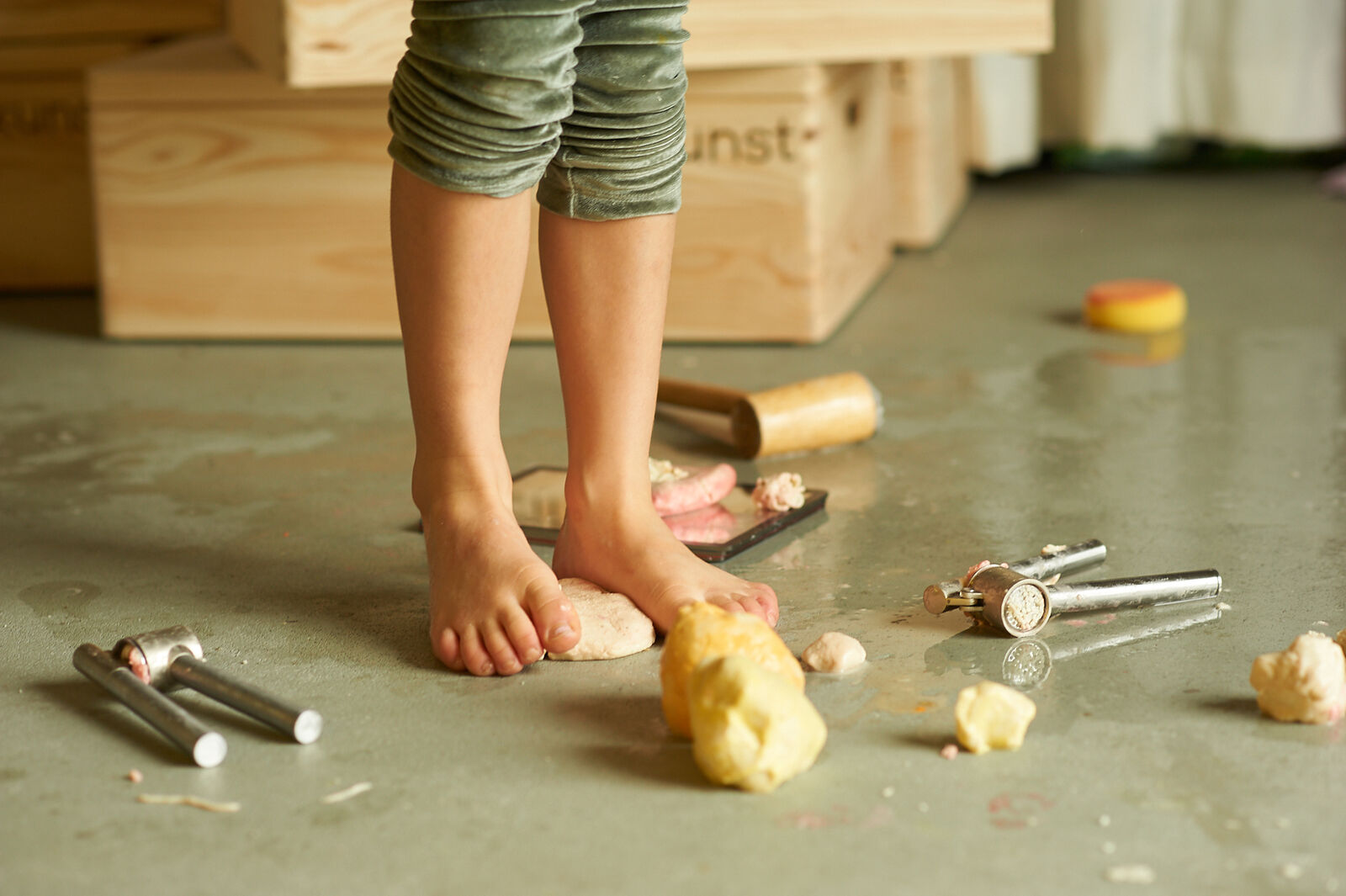
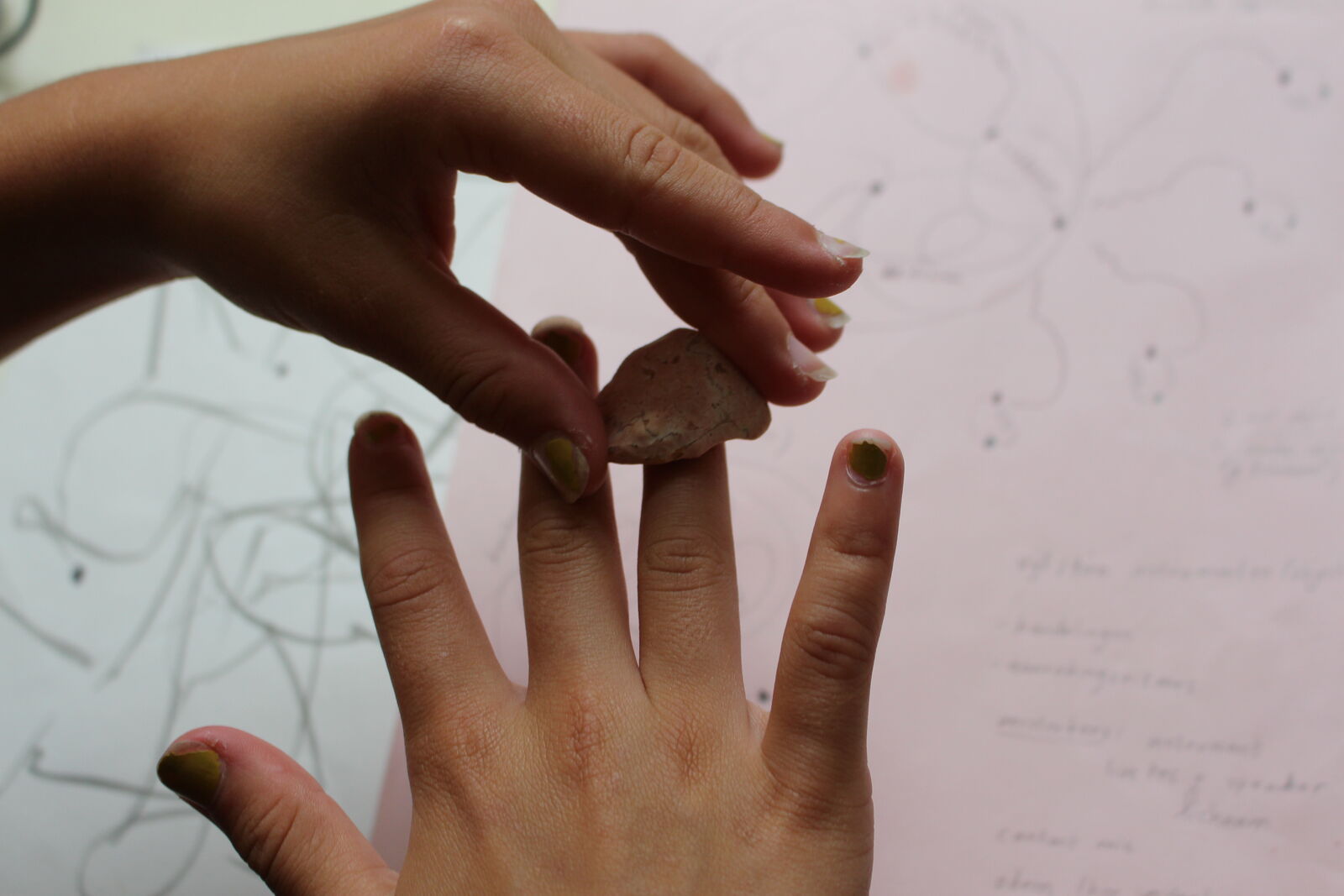
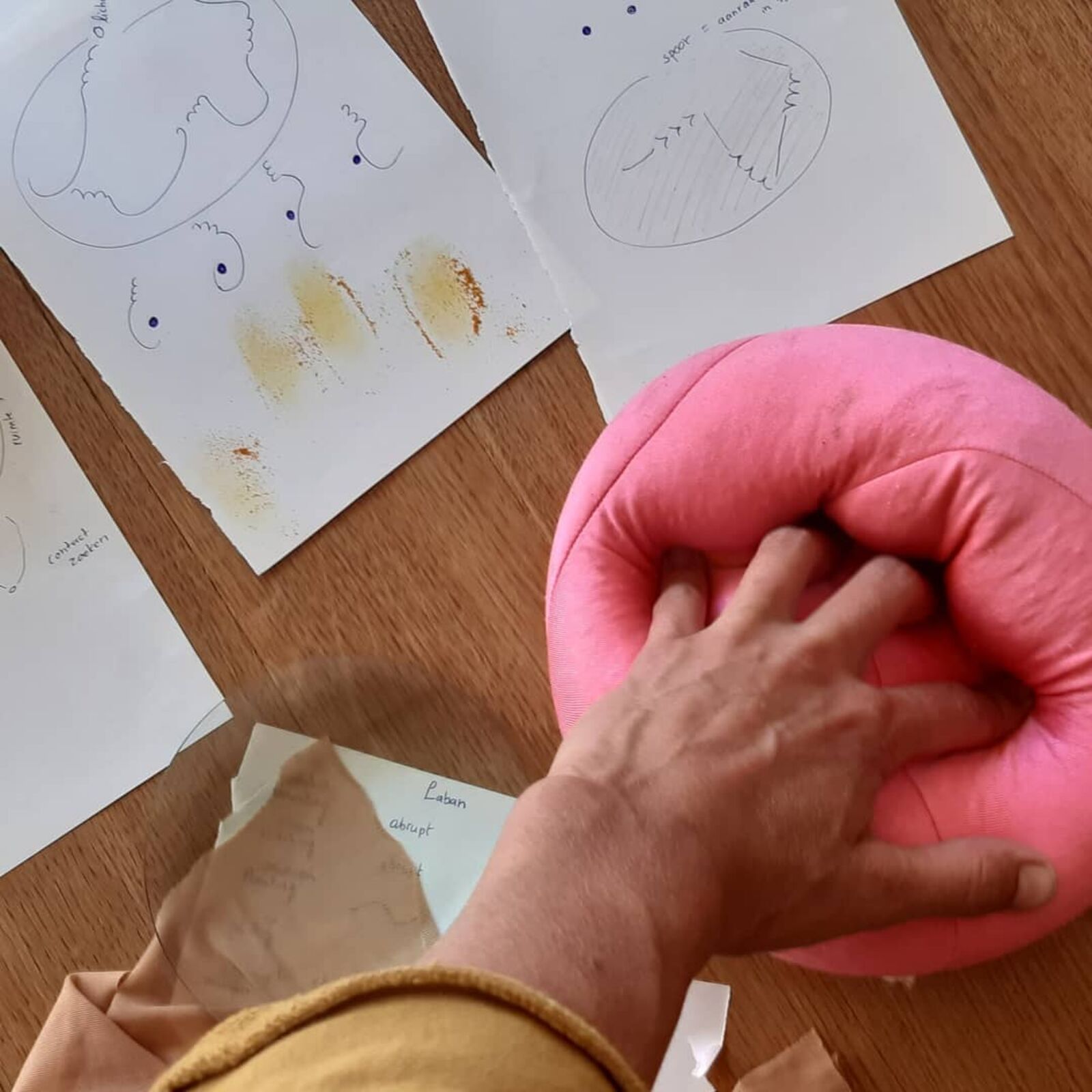
The students from Kentalis Signis have several remarkable abilities. Some students are deaf or hard of hearning, others are less able to process tactile incentives or have a different way of expressing themselves physically or verbally. Besides that, the students have a different relationship to silence: because it is always silent, stillness to them has a different meaning than to others. With this programme we explore different forms of communicating, via artistic processes in which we use all of our senses, and trust the intuitive body. What can we learn from each other?
During the sessions in the school we will materialise silence, and make it visible, tangible and palpable. We'll make space for the playful exploration of stillness in the interactions between the students, by inviting them to make contact with their emotions, intentions and boundaries. When exploring how silence can be experienced other than acoustic – namely, tactile and physical – the students are able to create deeper learning experiences for themselves.
Together with the teachers we will search for new frameworks in which to experiment with silence, sounds and sensory interactions at school and during other processes of learning. By triggering sensory experiences with materials, we're discovering what the motivation and learning abilities of the student is, who they are and how they express themselves – to enable them to create meaningfull experiences. To understand what is not unambigious, you need time; time to try, to apporoach, to feel.
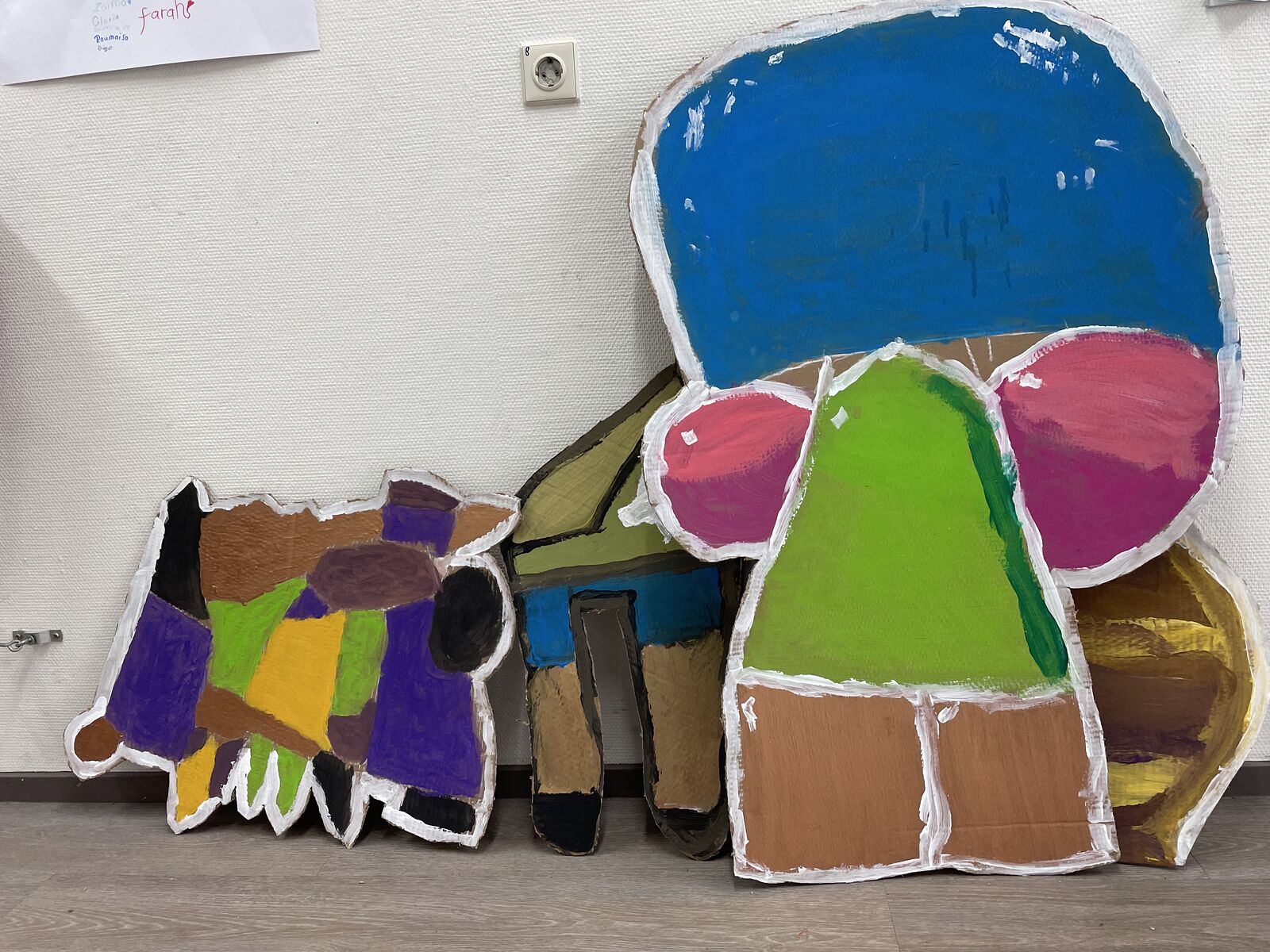
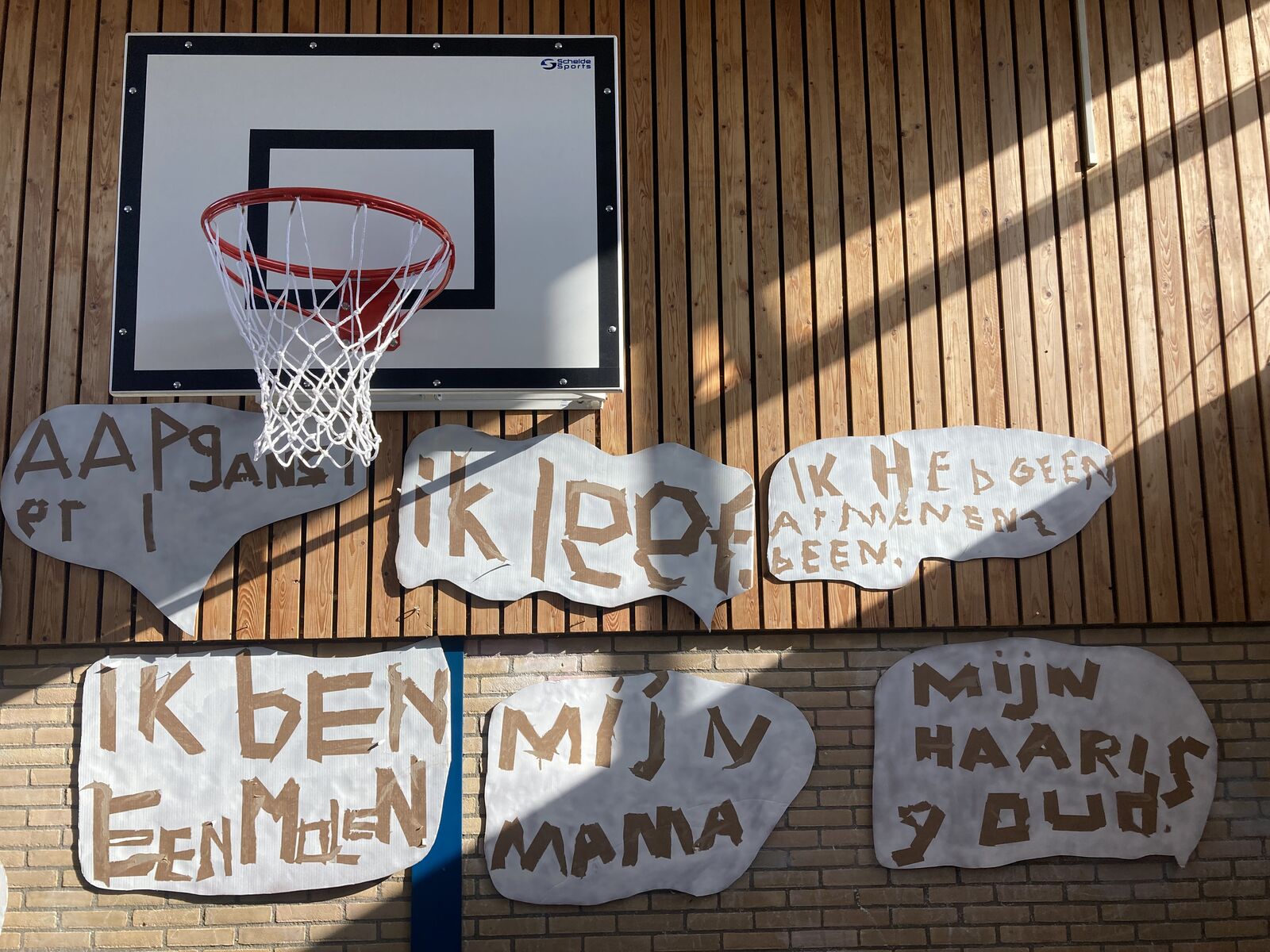
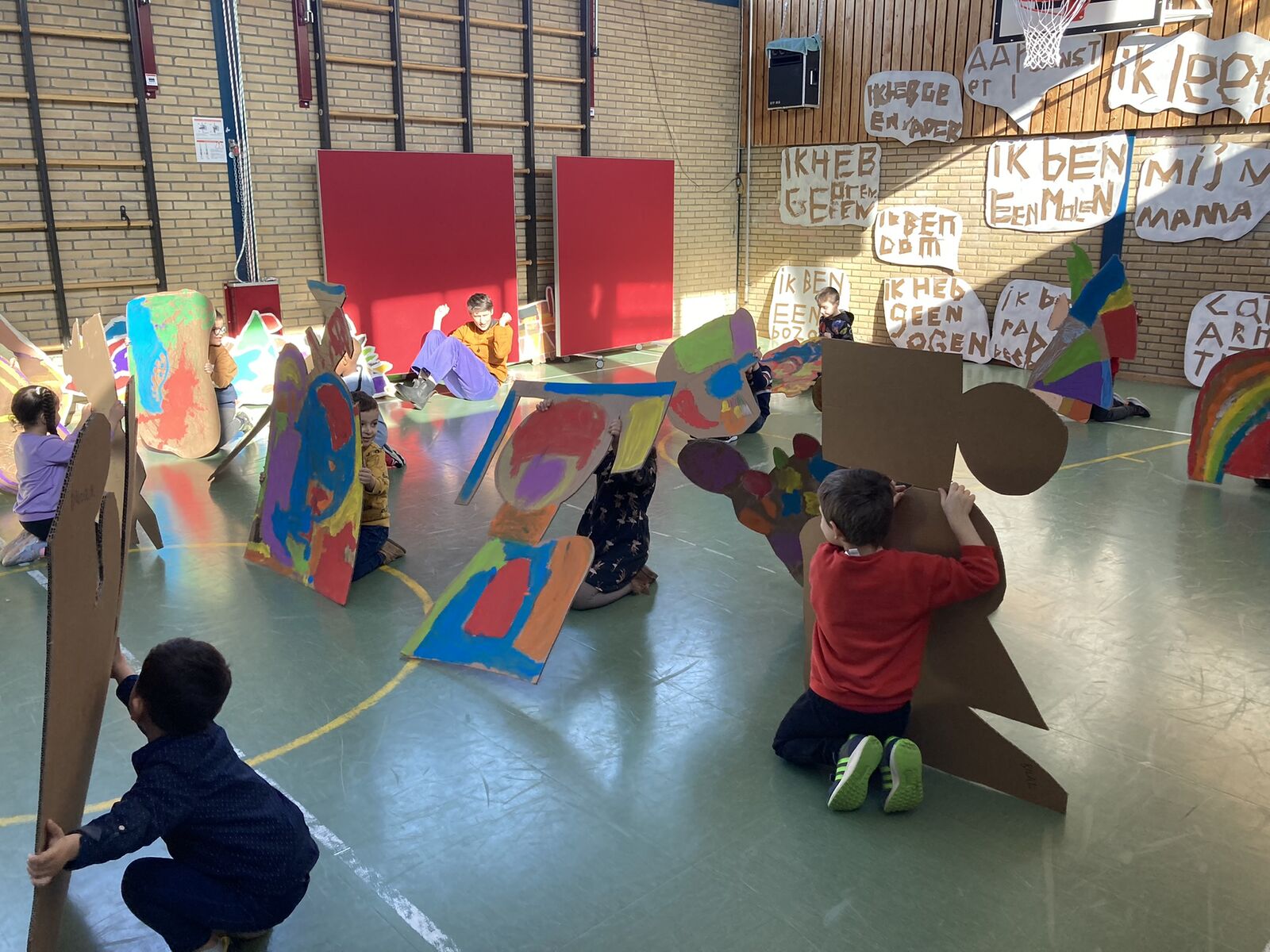
Chapter 2: The body as teacher with Nina Glockner (January - May 2023)
For the second chapter of The body as teacher, de Appel collaborated with the Kentalis Signis school for children (3 - 12 years old) with a language development disorder (TOS). A language development disorder (TOS) is a neurocognitive developmental disorder. It means that language is processed differently in the brain. For example, a child with TOS has great difficulty speaking or understanding language. As a result, language and speech development is different from that of peers.
Kentalis Signis theatre teacher Judith de Klerk indicated that artistic processes play an important role in the development of their pupils. Collaborating with artists and de Appel offers space to explore other ways of communicating and visual thinking through the creation of play environments. This allows pupils to create meaningful experiences themselves, in which they learn from each other. By playing together, imagination and cooperation are stimulated. Pupils are encouraged to imagine other worlds, allowing them to let go of certain fixed categories and hierarchies that often determine how we should communicate. From play, friendships can be built, and different ways of communicating and living together can be experimented with.
The school started looking for an artist with David Smeulders, curator of Education at de Appel. They partnered with Nina Glockner, whose art practice is closely linked to the children's world and the school's challenges. Glockner is interested in the (power) relations between body and language, between pupil and teacher, between objects and actions. With her art practice, Glockner aims to create a social play environment that consists of shaping the dialogues between people, objects and actions.
During the months of March, April and May 2023, Nina introduced the school and playfully the children explored the relationships between different geometric shapes, and their own bodies and surroundings. Putting the shapes together, the pupils created a self-portrait and new group compositions. After this, the pupils started drawing the shapes life-size on paper. By enlarging and cutting out the geometric shapes, the pupils were able to build a new relationship with (the size and colours) of the geometric shapes.
They translated this relationship into movements and words. The objects, colours, words and movements were playfully linked together in their own created game. The collection of objects that emerged from these sessions were displayed in the school. New shapes, colours and sizes could be seen everywhere, making a special group portrait of the whole school. Everything came together in a day of presentations where we showed the students their own unique ways of communicating through images, performance, dance and sound.